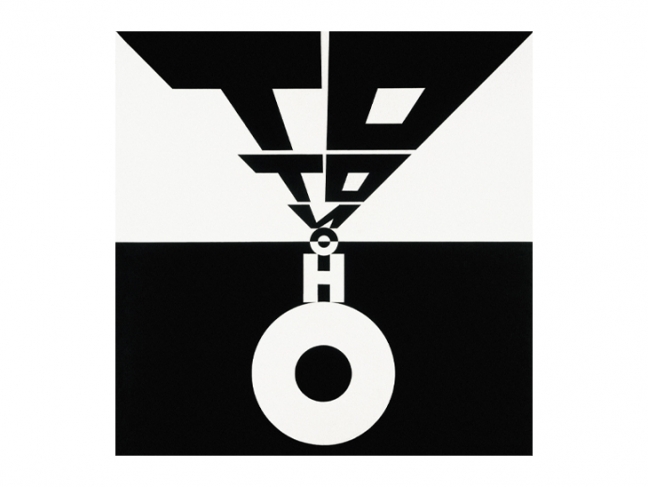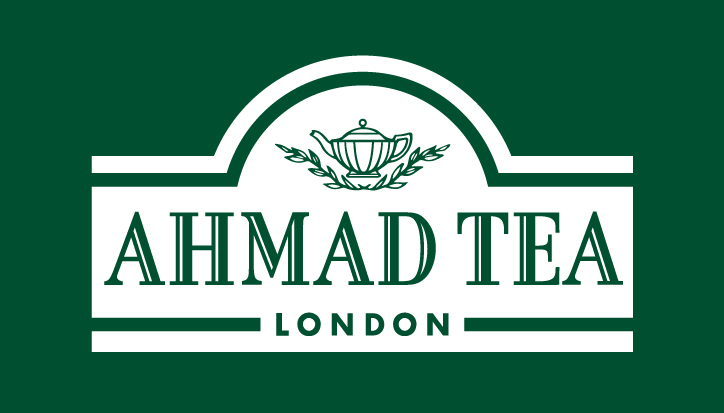A Shadow of the Soul but Slightly Sharper








Erik Bulatov. That Is What It Is. 2000. Oil on canvas. Collection of Ekaterina and Vladimir Semenikhin.
AES+F. Allegoria Sacra. Angels and Child. 2020. Oil on canvas. Collection of Alexei and Vera Priyma.
Ilya Kabakov. From the ‘The Looking-Out-the-Window Arkhipov’ album. 1973. Print and coloured pencil on paper. Collection of Ekaterina and Vladimir Semenikhin.
Sergei Bratkov. Mascovites. 2020. Digital print, knurled Dibond, collage. Courtesy of the artist.
Ivan Chuikov. Chair. 2002. Mixed media, acrylic, wood, fibreboard. Сollection of the ART4 Museum.
Timofei Parchikov. From the ‘Sad.O.K.Super’ project. 2020. Colour print. Courtesy of the artist.
Igor Samolet. Woke Up Already Tired. 2020. Print on fabric. Courtesy of the artist.
Mikhail Roginsky. Untitled (Exit). 1989—1990. Oil on cardboard. Collection of the ART4 Museum.
Moscow, 22.01.2021—23.05.2021
exhibition is over
Share with friends
For the press
‘A Shadow of the Soul but Slightly Sharper’
Curators: Olga Sviblova, Anna Zaitseva, Maria Lavrova
The title of the exhibition ‘A Shadow of the Soul but Slightly Sharper’ is a quote from Alexei Parchikov’s poem ‘Money’.
The exhibition itself can be seen as an analysis of what each one of us, and the whole world, has experienced in this past difficult year — the year of the pandemic.
Showcased at the exhibition ‘A Shadow of the Soul but Slightly Sharper’ are items artists created during quarantine, and also works by classics of contemporary Russian art such as Ilya Kabakov, Erik Bulatov, Vladimir Yankilevsky, Eduard Steinberg, Mikhail Roginsky, Igor Shelkovsky, Francisco Infante, Ivan Chuikov and others, produced at different times starting from the 1970s and now reactivated in the present-day context.
Contemporary art is a telescope aimed at the future. The themes and concepts that were once developed by unofficial art have turned out to be surprisingly consonant with the experiences we have undergone and continue to undergo in this challenging time of crisis, when the virus that has taken millions of lives forced us to alter our usual behaviour and entailed serious economic, social and psychological consequences.
For artists like Ivan Chuikov, Eduard Steinberg and Alexander Brodsky windows became a very important theme. During self-isolation the window was the only opportunity to see the world and break out, at least in the imagination, beyond personal boundaries. For Russian underground artists the window was the symbol of their desire to break through the ‘iron curtain’ that isolated the country from the outside world. The pandemic has isolated us all from each other.
Ilya Kabakov’s album ‘The Looking-Out-the-Window Arkhipov’ from 1973 is about illness, the window and the reality that appears in that window, as well as the visions that arise in the window. Almost half a century later this work can be seen as visionary. In 2020 Haim Sokol created a series of graphic works in which a raven becomes one of the heroes. Strange stories, both real and fictional, also unfold against the background of the window, in the room where we are confined by four walls.
Anya Zholud’s penetrating room or Ivan Lungin’s lightboxes, models of his own apartment, comprise evidence of the life of an artist who is always compelled to exist alone with himself and hear in himself what each of us maybe knew but did not fully realise in the rush of everyday activity, when ordinary life constantly distracts us from ourselves.
We came face to face with ourselves in quarantine, in isolation, and our experiences grew more acute, clearer and ‘slightly sharpened’.
Timofei Parchikov’s project ‘Sad.O.K.Super’ became a kind of diary, an attempt to reflect on how the emotional perception of what was happening changed in quarantine, from anxiety and melancholy — Sad — to something we fix with the usual OK — the most widespread and generally accepted expression on the planet. Then the search for a way out begins — an emotional or mental exit… Against the background of an oversaturated information field repeating like a mantra that ‘the world will never be the same’, the idea of oneself and the environment was distorted and nerve endings were exposed, catching the suspense diffused in the air. It was necessary to carefully circumnavigate around the contours of this approaching depression and find a locator within yourself to catch and manifest the radiation of somnambulistic reality.
We had to find new optics capable of expressing change, and that was Super. The artist used an application that increased micro-contrasts to help the visually impaired.
The optics of each one of us has changed during quarantine, including the way we see previously familiar works of art.
‘People in Boxes’ is a concept that Vladimir Yankilevsky has been developing since the 1960s. Family, school and work are metaphysical boxes that change and restrict a person. His installation ‘Door’ and the cycle of graphic works ‘People in Boxes’ resonate with our current feelings caused by forced self-isolation in the same way as items created during the 2020 quarantine by the young contemporary artist Andrei Kuzkin, who in quarantine made portraits of people who responded to his call on Facebook.
The pandemic forced us to check out Russian and world statistics on a daily basis. Elena Artemenko, a graduate of the Rodchenko Art School, turns the graphs of alarming curves into a spatial installation in her ‘Temporary Landscape’. One of the masters of contemporary art, Andrei Filippov, writes ALARM, the dominant word of the past year, on the wall with his signature eagles-butterflies.
Another graduate of the Rodchenko Art School, Ulyana Podkorytova, who works with neo-folklore, visualises fake news in her sculptures. Fake news about Covid filled the Internet space, showing that layers of archaic consciousness are alive in the modern high-tech world, and how easily they surface in conditions of uncertainty and anxiety. Maxim Ima presents the same theme in his own manner in the comic-style series of the same name, ‘Fake News’. In the era of the pandemic we all found ourselves in the same boat, as evidenced by Maria Safronova and Anton Kuznetsov’s installation ‘Who Wants To Stay?’
The world has turned upside down, like the strange ‘fir tree’ by graduate of the Rodchenko School Ilya Kolesnikov, created by him on the eve of New Year 2021 in the kinetic installation ‘New Balance’. Erik Bulatov's classic work ‘No Entry’ from 1974 has become relevant all over again.
The pandemic, the crisis and the isolation have accumulated aggression. In this new context we have a different perception of Mikhail Roginsky’s work created in the late 1980s in Paris — the door that says ‘Exit’, and beside that ‘Eviter les sujets qui fâchent’ (‘Avoid annoying subjects’).
The exhibition includes many graphic diaries produced by artists during quarantine, and Igor Samolet, also a Rodchenko Art School graduate, has devised the large-scale installation ‘Woke Up Already Tired’ on the basis of screenshots from Instagram Stories that seem touching, funny, paradoxical, sad and ordinary. During the pandemic, life moved online.
One of the leaders of contemporary Russian art, the AES+F group (Tatiana Arzamasova, Lev Evzovich, Evgeny Svyatsky and Vladimir Fridkes) are known to the whole world for their extraordinary predictions of the future. The exhibition presents their video installation ‘Allegoria Sacra’ from 2011, a dialogue with the painting of the same name by Giovanni Bellini, which some scholars interpret as a metaphor for Purgatory. In AES+F’s ‘Allegoria Sacra’ the action takes place at an international airport, where representatives of different social groups, different races or nationalities and different faiths gather in anticipation of delayed flights. Each one sees their own dreams, and the visions of passengers are woven into a new mythological reality as a metaphor of modern civilization. A surreal mixture of images from new and ancient religions, stereotypes, mass media, comics and fantasy films reaches its apotheosis at the time of the death of old Job and the birth of a new Messiah, a mutant baby. Bellini worked at the turn of the epochs, when the aesthetics of the Renaissance was just emerging. Modern civilization is also on the verge of an evolutionary leap, and the pandemic has accelerated the world’s transformation.
But no matter what happens to the world today and in the future, we should remember Vladimir Yankilevsky’s amazing metaphor, articulated by him in ‘Horizons’, works from 1993. At the moment when it seems to us that everything around is beautiful and a clear horizon gleams in the rays of the sun, we fall into a dark abyss. Yet even in this abyss new horizons are discernible. In the same way, we can force an exit from the dark space of sorrow and hopelessness, find a way into the space of light and see the shining horizon.
The exhibition ‘A Shadow of the Soul but Slightly Sharper’ unites more than 100 works by 42 artists of different generations, showing a variety of nuances and gradations of our current experiences, from anxiety to hope, providing what could be seen as a digest of contemporary Russian art.
In recognition of the works presented, MAMM would like to thank the Triumph Gallery, Ekaterina and Vladimir Semenikhin, the Moscow Museum of Modern Art, the ART4 Museum, the Alina Pinsky Gallery, Vera and Alexei Priyma, members of the MAMM Board of Trustees, and Paruyr Davtyan, as well as Polina Mogilina and Irina Litvyakova.











